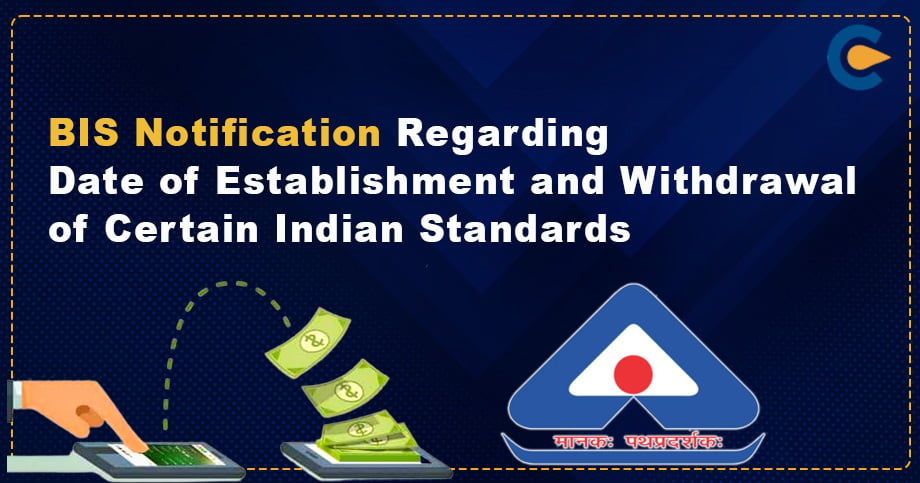The Union Budget 2024-25, presented by the country’s Finance Minister, Nirmala Sitharaman, set a course of strategic initiatives for the domestic electronics industry in the country.
In a way, these initiatives reiterated the commitment of the government toward having India as a Global Manufacturing Hub with special emphasis on electronic manufacturing. This blog entails key highlights and implications of the announcement.
A Brief Take on Domestic Electronics Industry in India
As per the NITI Aayog report, India must target US$ 500 Billion in electronics manufacturing by 2030. The report suggested significant policy measures such as skilling and tariff rationalisation. The think tank associated with the Central Government feels that consistent progress in the space of electronics manufacturing could create around 6 million jobs.
Increasing Value Addition in Electronics Manufacturing
To help power the domestic electronics industry towards valued addition, the finance minister proposed a number of major customs duties changes:
- Removal of Basic Customs Duty (BCD) on Oxygen-Free Copper: This measure is intended to enable the Manufacturing of resistors within the country, with the satisfaction of some criterion.
- Exemption of Customs Duty on Parts for Connectors: The government has initiated this measure to exempt duties on selected parts used in the manufacturing of connectors, bolstering manufacturing capacities within the country.
Focus on MSMEs and Manufacturing
To highlight how critical the role of Micro, Small, and Medium enterprises (MSMEs) is in the manufacturing sector, the budget introduced a credit guarantee scheme to support them. This move is expected to provide more financial boost to this sector so that MSMEs can upscale and contribute more effectively to the electronics manufacturing ecosystem.
Union Budget 2024: Empowering Manufacturing Industry
The Union Budget 2024 proposes to allot Rs 1,500 crore for electronic chip plants, Rs 900 crore for modernisation of semi-conductor lab nestled in Mohali, and Rs 100 crore for electronic displays.
The government has taken this initiative to speed up local value addition in the manufacturing space. Business owners in the manufacturing industry must be smiling after hearing this news.
The Union Budget 2024-25 has proposed to amend the First Schedule to the Customs Tariff Act, 1975 in order to formulate new tariff lines with context to products used in e-bicycles, semiconductor machines, as well as printer cartridges.
The manufacturing industry can grow and evolve more when business owners start securing BIS certification for their businesses. It will help them stay compliant and perform their business operations effortlessly.
Reduction in Basic Customs Duty to 15% on Electronic Items
In Union Budget 2024-25, Finance Minister Nirmala Sitharaman announced a reduction in BCD (commonly known as basic customs duty) to 15% on electronic items, including mobile chargers, mobile phones, and mobile printed circuit board assembly. Earlier, the basic customs duty was marked at 20%.
The Indian mobile industry has witnessed fabulous growth in the last few years. Domestic production has been boosted threefold, and exports of mobile phones have jumped 100-fold in the last six years.
Production-Linked Incentive (PLI) Scheme
The Centre has made it a focus and has underlined that India should be the hub for electronics manufacturing. It has been underscored by the implementation and expansion of the Production Linked Incentive (PLI) scheme, which has promoted activities across various segments.
Smartphones: Companies like Apple, Google, and Xiaomi are now making mobile phones in India, where electronics manufacturing output has enormously increased.
Electric Vehicles (EVs): The EV sector has grown massively through huge incentives directed toward local production.
Semiconductors and Large-Scale Electronics: The government’s efforts also extended to the semiconductor sector, which is important for the larger electronics manufacturing business sector.
Automobiles and Auto Components: The PLI scheme for automobiles and auto components witnessed a 620% jump. The scheme attracted a heavy proposed investment of 67,690 crore, of which 14,043 crore was invested by the end of March 2024.
For the Year 2023, the total PLI incentive was at Rs 2,002 crore. Now, for the year 2024, the revised estimates show an increase to Rs 8,007.3 crore. And for the year 2025, Projections indicate a potential rise to Rs 14,167.1 crore.
Policy Support to Design and Manufacture of Parts
To support the electronics industry even more, the government consulted with companies and industry groups to establish the proper policies to encourage design work to be conducted in India. This would further continue building the sector’s capacity in areas of design and component manufacturing, therefore ensuring higher levels of innovation and self-sufficiency.
Effect on Consumer Electronics and Appliances
The appliances and consumer electronic industry have also welcomed the budget, sharing quite a few touchpoints:
Waiver of Duty on Critical Materials: Waiving duty on materials that are essential to the semiconducting ecosystem will further ensure the sector’s strengthening.
Reducing Import Tariff: Important mineral import tariff will be down from 10% to 2.5%, thereby benefiting industries that rely on them such as high-tech electronics and renewable energies.
Industrial Housing Development: Another supportive measure for growth in manufacturing is the proposal in the budget to develop rental dormitory-style housing for industrial workers under the Public Private Partnership mode.
Conclusion
The Union Budget 2024-25 has set a robust platform for India’s growth trajectory in the Domestic electronics manufacturing sector. It clearly aims at increasing value addition and meeting the objectives of creating a policy environment that facilitates innovation and supports MSMEs into the efforts of taking a rightful claim in the global electronics manufacturing landscape.
These measures aim at growth not only from the economic point of view but also to create several job opportunities and fulfil the all-round development of the nation.
Frequently Asked Questions
What are the key measures to support domestic electronics industry?
The government has now removed the Basic Customs Duty on oxygen-free copper, exempted certain parts used in manufacturing connectors, and announced a credit guarantee scheme for MSMEs in the manufacturing sector.
What will happen after removing BCD on oxygen-free copper?
This will reduce the cost of making resistors, hence encouraging more local production.
What is the PLI scheme and its expansion?
PLI scheme provides financial incentives for domestic manufacturing through the PLI scheme, with its incentive evolving from Rs 2,002 crore in FY23 to a projected Rs 14,167.1 crore in FY25.
Which sectors have benefited under the PLI schemes?
Smartphones, electric vehicles, semiconductors, and large electronics hardware manufacturing are among the sectors that benefit directly from this.
Read our article: BIS Registration In India – Why Do You Need It?










